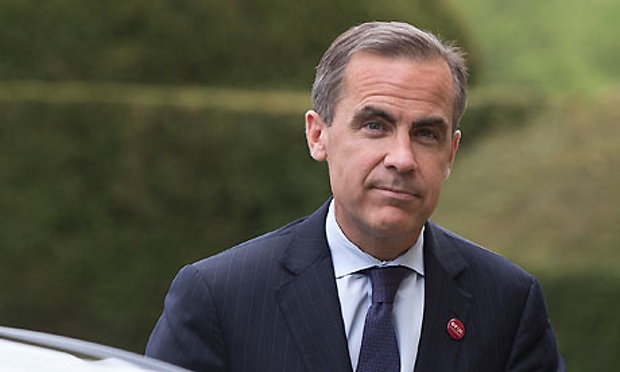Bank of England decides to change the Sterling to plastic
New polymer banknotes to be introduced, beginning with Sir Winston Churchill £5 note in 2016.
The decision on polymer notes will mark the beginning of the end for 320 years of paper notes from the Bank. The move by Threadneedle Street follows Bank governor Mark Carney’s native Canada, where plastic notes are being rolled out, and Australia, where they have been in circulation for more than two decades.
Carney launched a public consultation on polymer banknotes, seen as cleaner and more durable, shortly after arriving at the Bank this summer. However, the Bank’s notes division has been considering plastic money for several years.
Bank officials have been touring shopping centres and business groups around the country with prototype notes to canvas public opinion.
The Bank has promoted its polymer notes, featuring a see-through window and other new security features as less threadbare and tougher to counterfeit.
It has sought to quell concerns about the environmental impact of printing on plastic by suggesting they can last up to six times longer than the cotton-paper notes in circulation at the moment. The durability will also compensate for the higher production costs and save an estimated £100m, the Bank claims.
Its laboratory tests showed polymer banknotes only begin to shrink and melt at 120C, so they would fare better in washing machines but could be damaged by a hot iron.
The initial plan is to introduce polymer notes one denomination at a time, with the Churchill note in 2016 at the earliest and then the £10 note featuring Jane Austen next in 2017. The notes will continue to feature the Queen and retain their current colouring.
The move is the latest in a long line of changes for banknotes, first issued in return for deposits by the Bank when it was first established in 1694 to raise money for William III’s war against France.
Colour £5 notes replaced white ones in the 1950s; the first portrayal of a monarch came in 1960, when the Queen appeared on a new £1 note; and the introduction of historical figures such as William Shakespeare started in the 1970s.
As part of the preparation for this latest change, banknote officials have already been working with retailers and the operators of vending machines and cashpoints.
Link, which runs the UK cash machine network, said its machines would need new cassettes to hold the plastic notes, because they will be smaller, and not because of the change in material. The 15% reduction in size for Churchill notes compared with the current Elizabeth Fry £5 note brings English notes into line with sizes in other countries. But they will remain larger than existing euro notes and the different denominations of sterling will retain tiered sizes to help blind people differentiate between them.
The prospect of polymer notes has raised some concerns for the visually impaired, however, as the popular practice of folding or creasing notes in different ways to identify different denominations will no longer be possible. Polymer notes can be folded but will not stay tightly folded in a particular way.
The Bank’s prime task as banknote issuer is to maintain confidence in its money, and the move to polymer is expected to make life drastically more difficult for counterfeiters.
Advances in commercially available laser and inkjet printers over the past decade have helped criminals to produce fakes quickly and more cheaply.
The Bank concedes no note is counterfeit-proof but says the polymer notes will be slower and more expensive to copy.
The notes will be produced at the Bank’s ultra-secure plant in Debden, Essex, by a private contractor.
The job is expected to go to either De La Rue, the existing maker of BoE notes, or Innovia, which manufactures most of the polymer notes currently in circulation around the world. The Bank has ruled out importing plastic money from China.
The British Plastics Federation welcomed the Bank’s move towards polymer notes. “It’s essential all the plastic banknotes are made in the UK. Why not make coins out of plastic? It will save wear and tear on our pockets,” said director-general Peter Davis.










